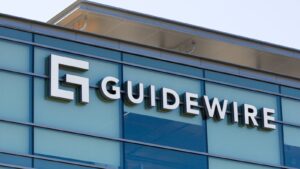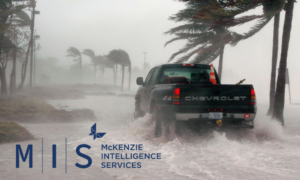Although there are some areas of exception, the overall market capitalisation is robust, having reached a 20-year high of $694.3 billion (up 0.5%) according to the Council of Insurance Agents and Brokers.
However, pricing increases continue to accelerate – up 13.3% in Q2 compared to 12% last year. COVID-19 has introduced mass uncertainty around claims, lawsuits and the potential for new legislation.
According to some estimates, carriers are already facing between $40 billion and $80 billion in ultimate insured losses from the pandemic.
The report also explains that it has accelerated P&C trends that were already underway, including pricing pressures from a multi-year soft market, capacity pullbacks, rising loss costs / social inflation, and historically low interest rates.
Research by Standard and Poor’s indicated that the impact of COVID-19 (both investment and insured losses) has eroded the top 20 reinsurers’ aggregate catastrophe budget and earnings buffer for a severe catastrophe from around $32 billion to $14 billion.
It noted previously that the market hardening will have to extend at least two years to have a meaningful impact on the segment and offset prior year losses and the potential negative impact of COVID-19.
US catastrophe losses are trending well above normal levels in 2020. The Atlantic hurricane season has been so active that the National Hurricane Centre has run out of alphabetical names and is already into the Greek alphabet for only the second time in history.
With the exception of this year’s major hurricanes, most storm events have been small to medium size events, meaning that most losses will be retained by primary carriers rather than reinsurers, negatively impacting combined ratios.
The report shows that wildfires are likely to cost the insurance industry up to $8 billion, according to RMS.
The unanticipated and sustained riots and subsequent damage in several major metro areas is causing carriers to take a closer look at their property books. “For businesses with a higher exposure, we’re seeing increased deductibles and changes in terms. Any kind of franchise business that has a large storefront is particularly susceptible and is seeing notable drawdown in capacity,” Tucker says.
In this hardening climate, the E&S property marketplace continues to expand. The market share held by surplus lines insurers has more than doubled in size over the last 20 years, from 3.6% of total P&C direct written premiums in 2000 to 7.8% at the end of 2019 – and a new premium record of $55.5 billion.
However, it remains important for retailers to begin the renewal process well in advance and communicate with insureds early and often. This is especially critical in industries with complex and unique exposures such as manufacturing.
For these accounts, third-party engineering reports on large locations are necessary to fill capacity with as few carriers are possible.
Harry Tucker, AmWINS National Property Practice Leader said: “This is not what we would consider a traditional hard market, where demand exceeds supply The market is very well capitalised, yet we are still seeing pricing increases year over year.”
“We expect to see steeper price increases on the E&S side of the house than in standard lines, and we anticipate that trend will continue for the next 12 to 18 months.”
Source: Reinsurance News
Share this article:








